We are,
Prickly Thistle
Prickly Thistle
As of 14th October 2022 we rebelled, and for now have an anti-social media platform policy. Let's connect in a real way, set yourself free from the scroll....
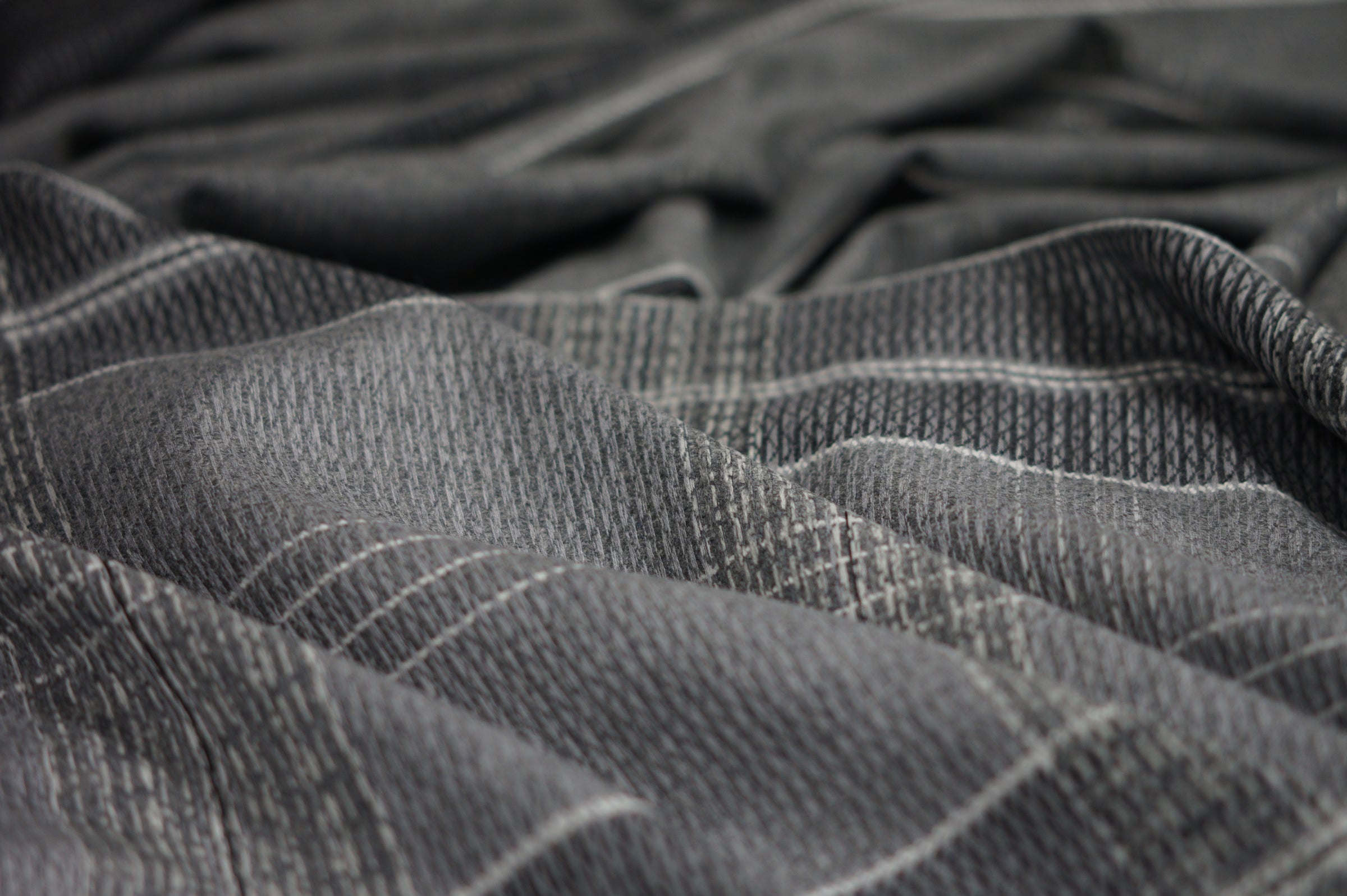
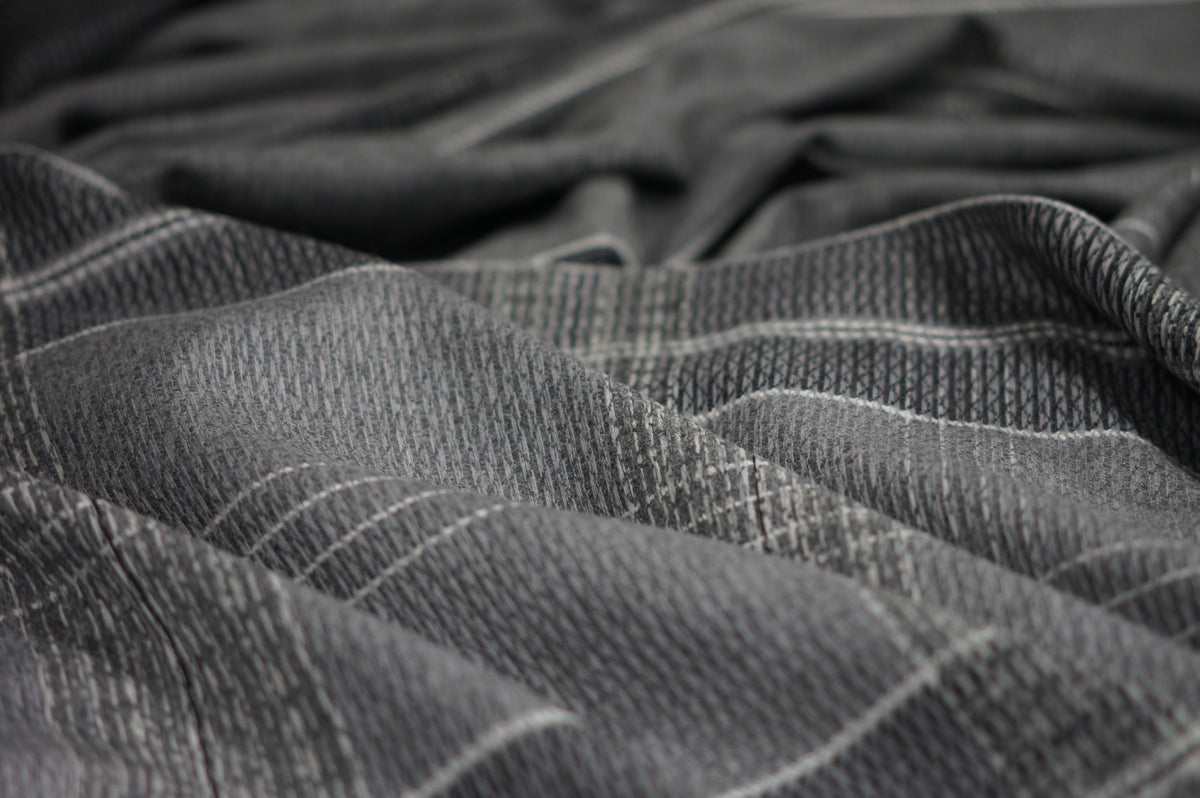
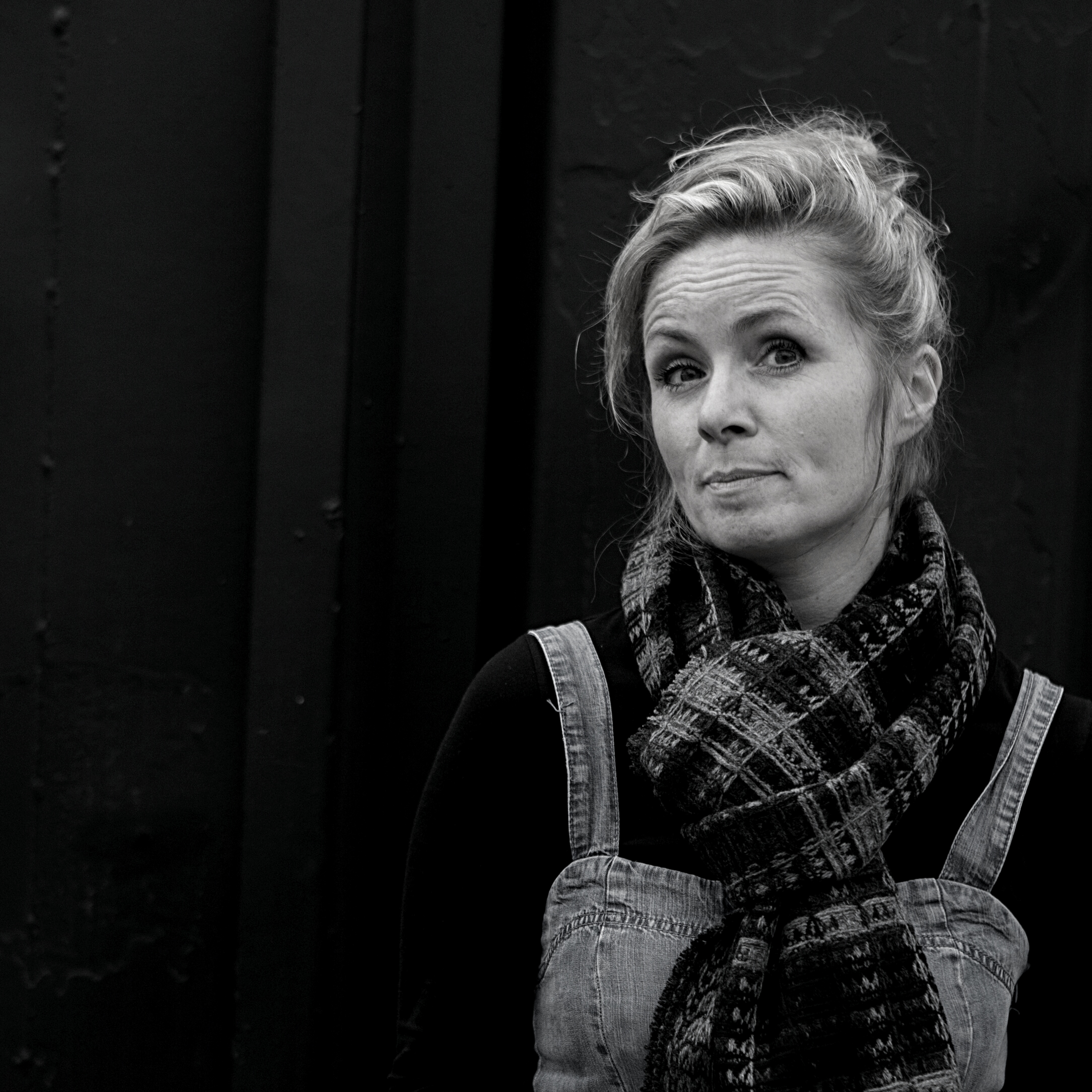
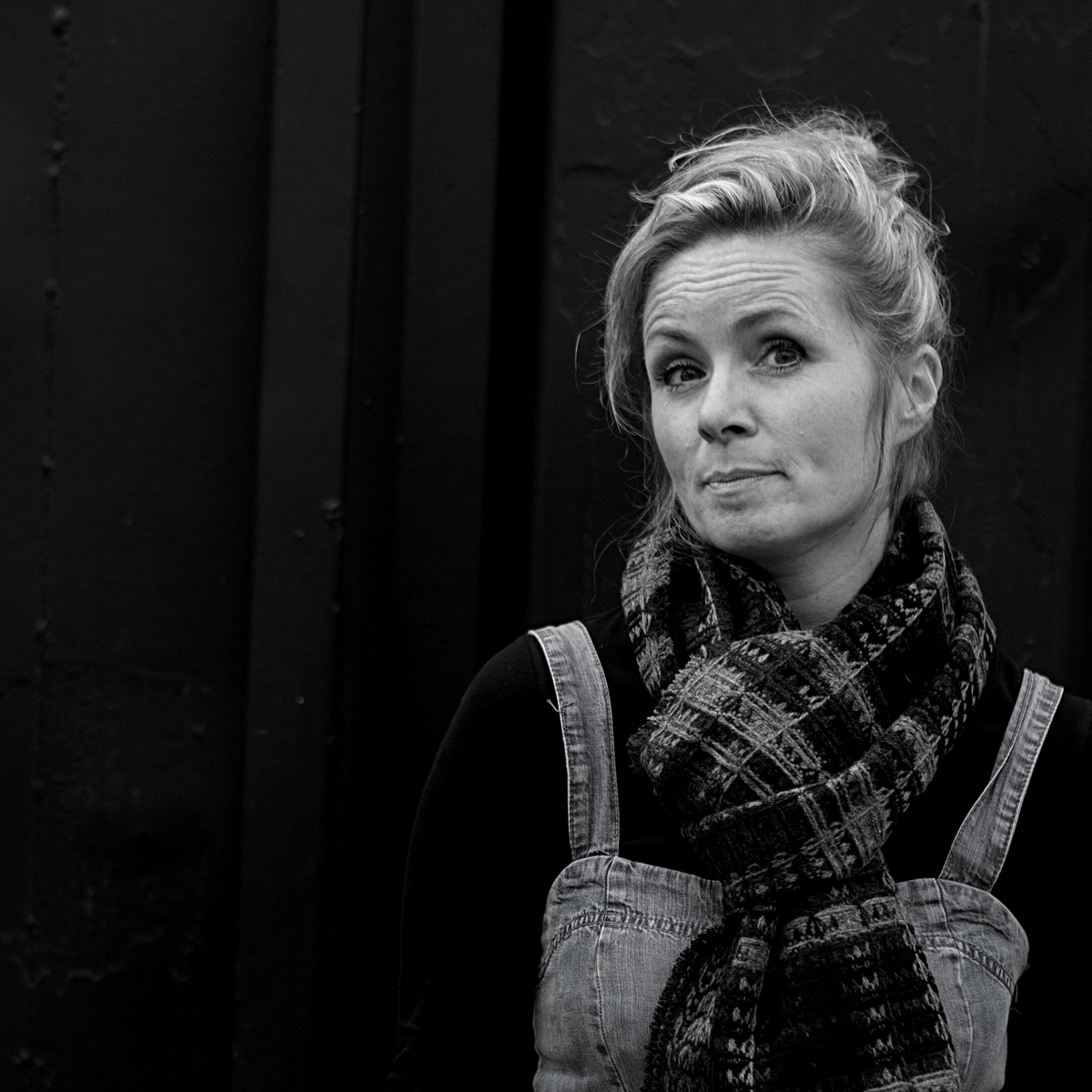
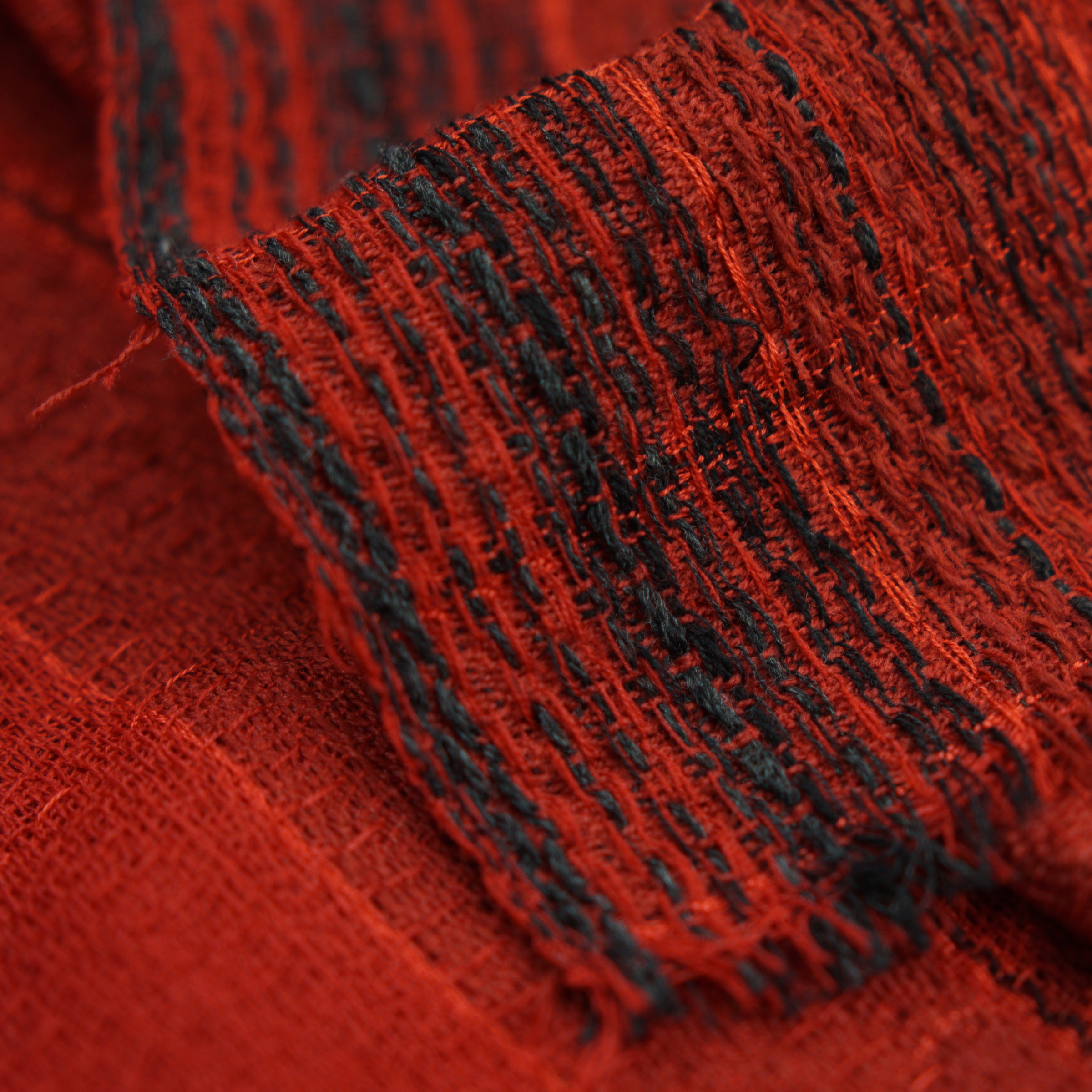
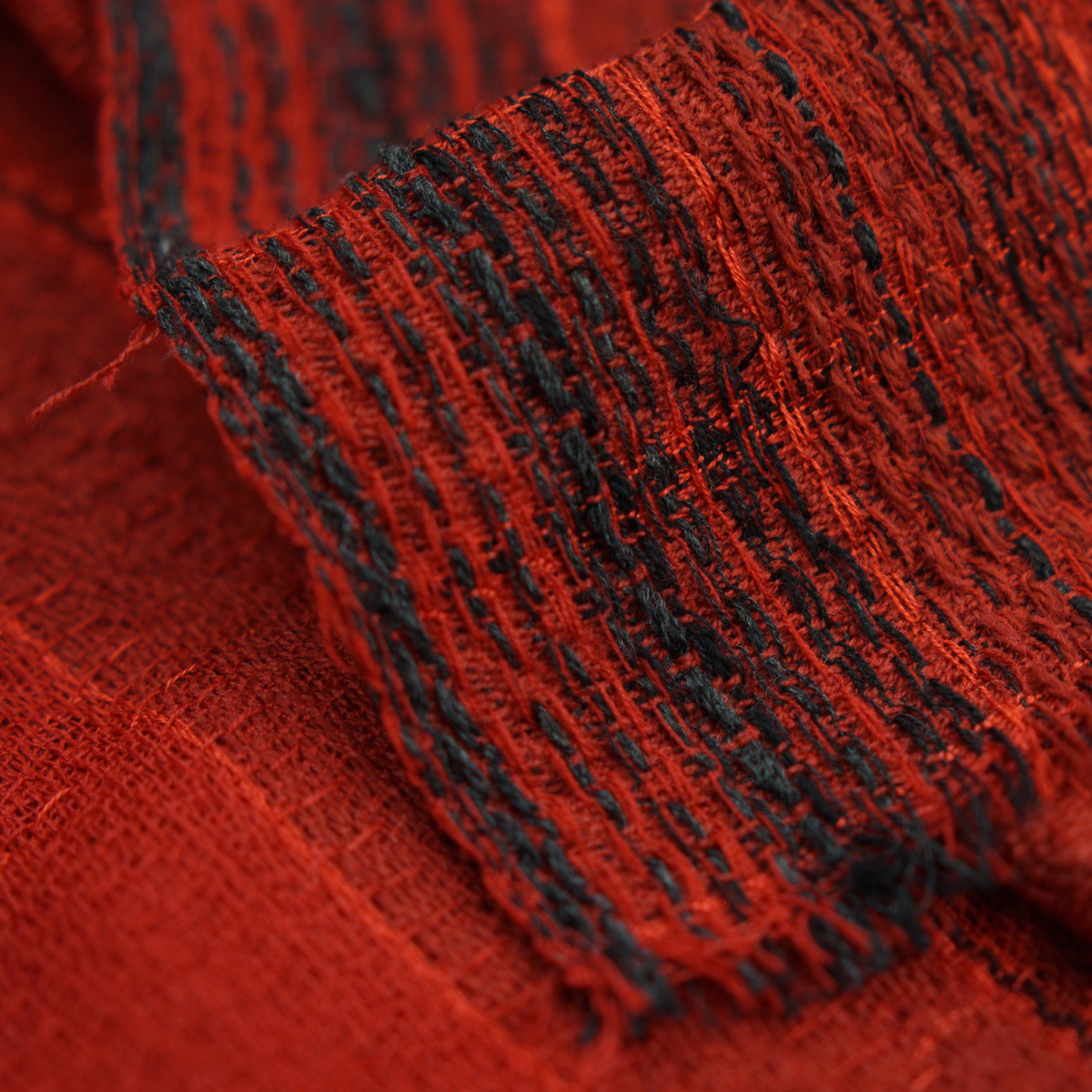
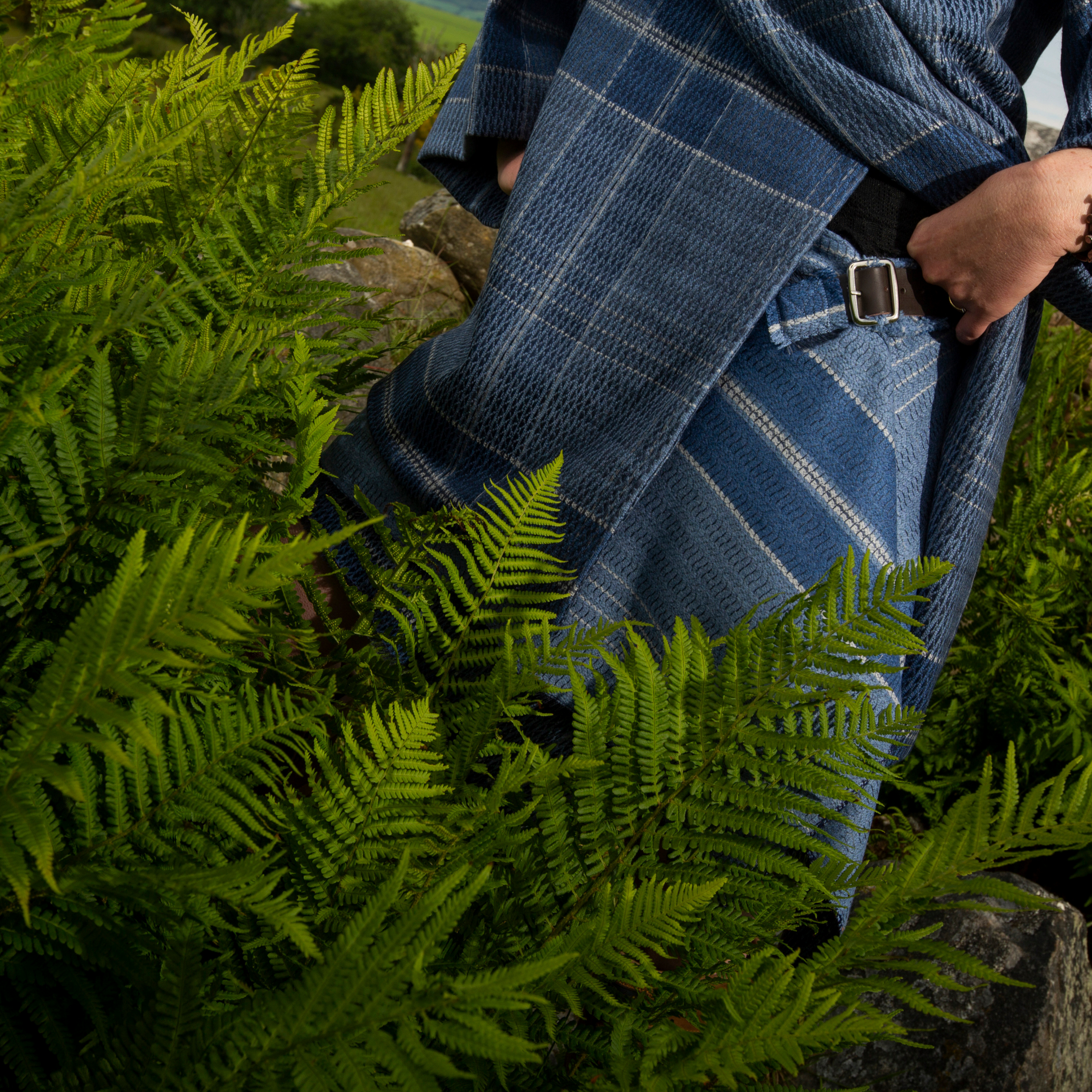
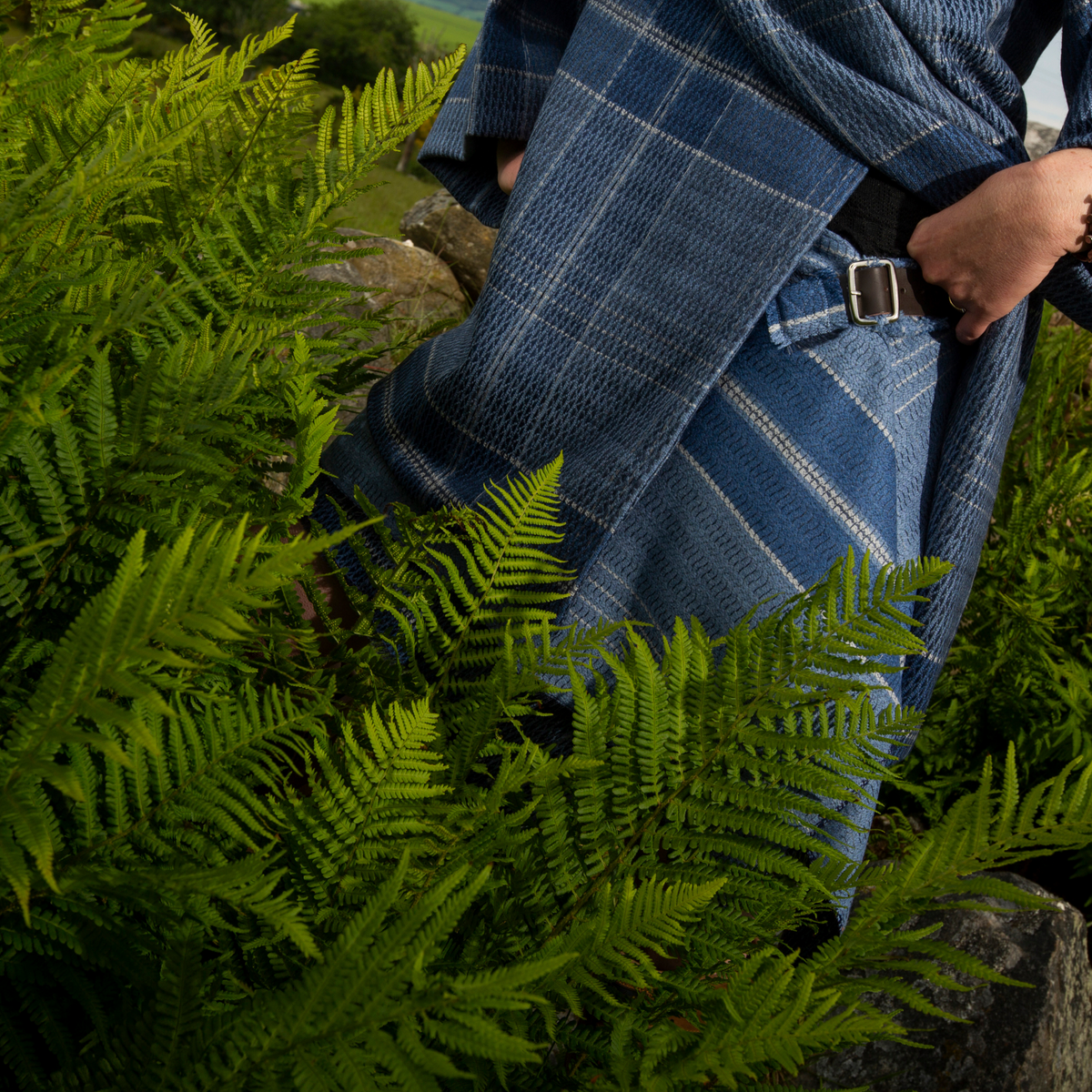
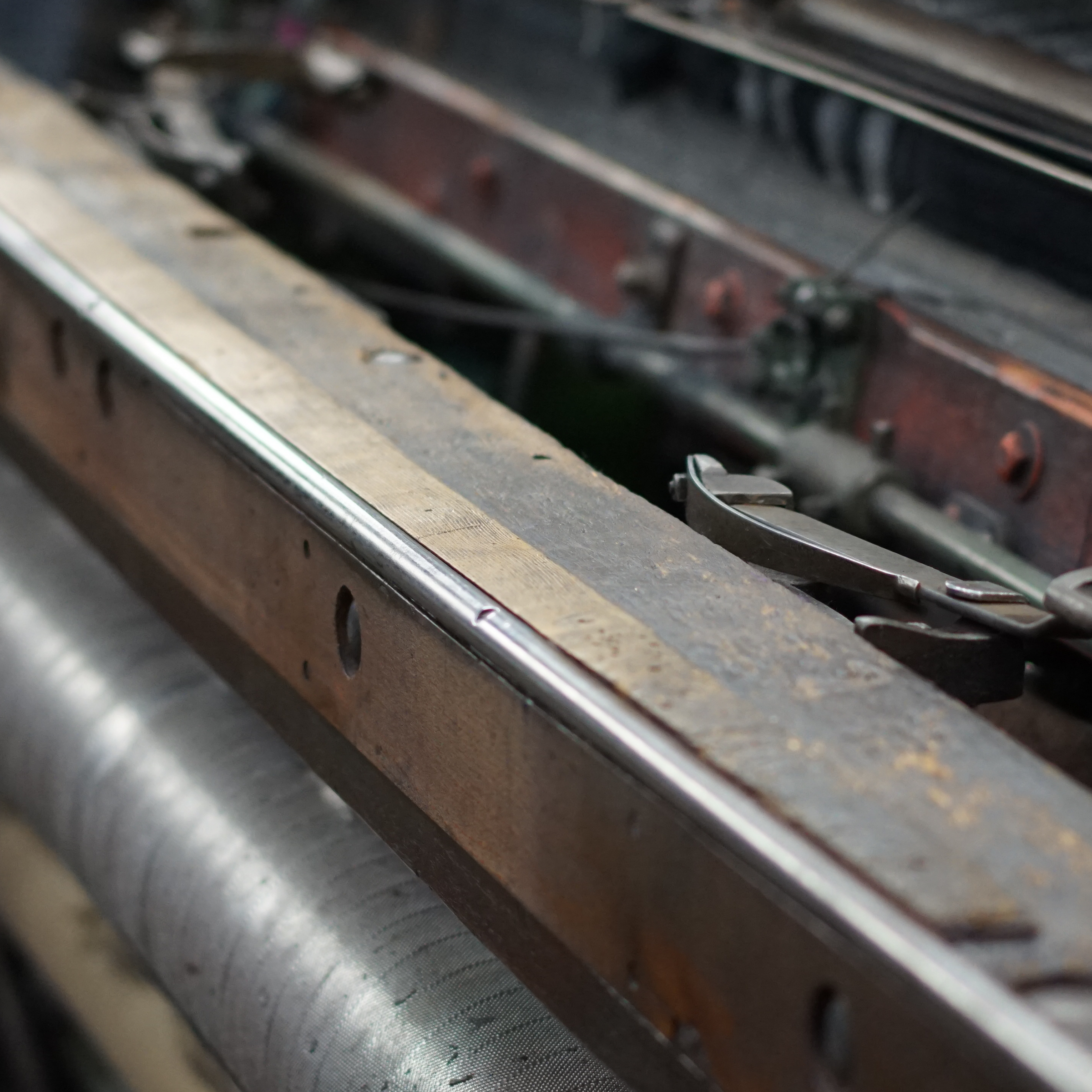
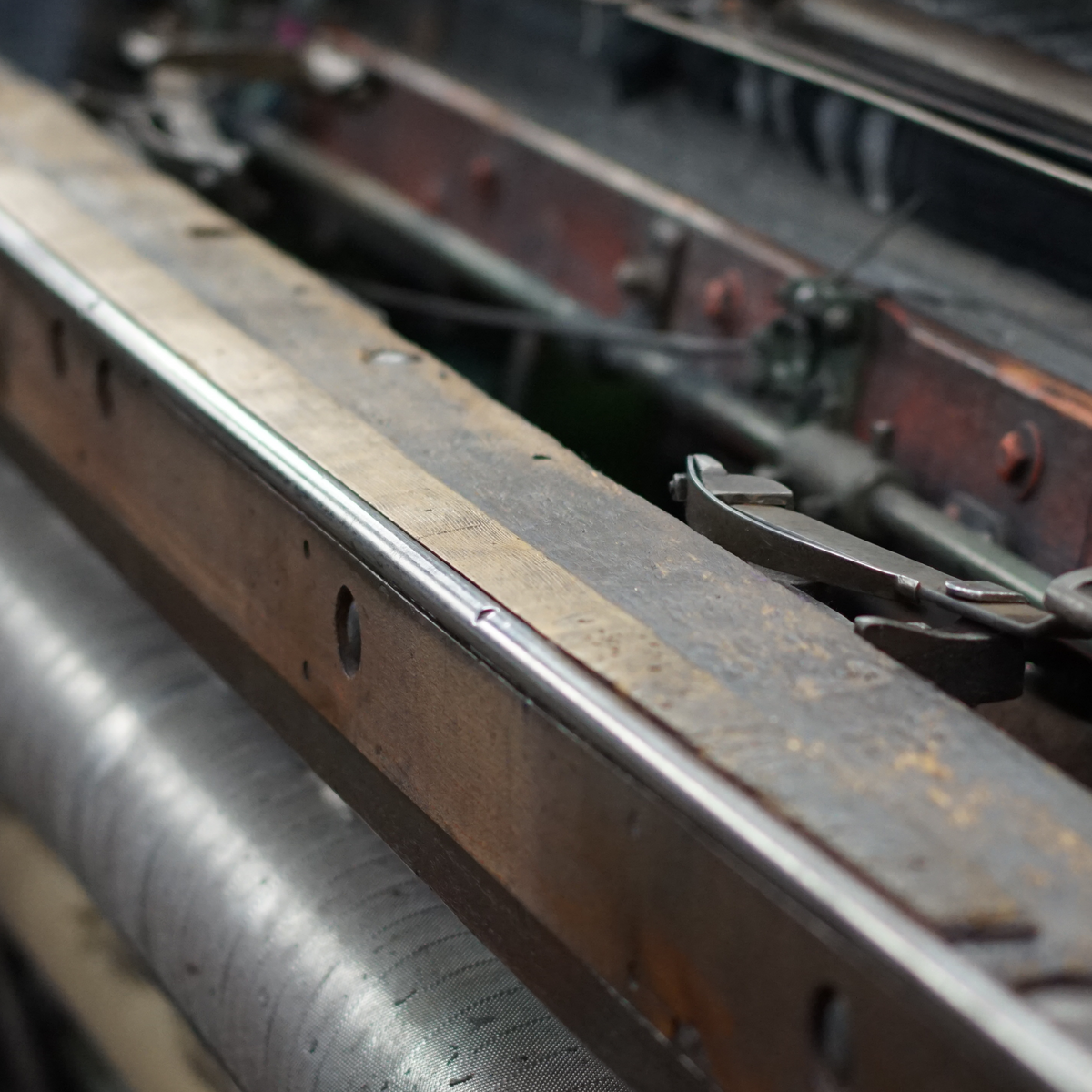
What is viscose?
Viscose is a chemically produced fibre from the natural substance called cellulose. Viscose is also known as "rayon" and is used in the fashion industry as artificial silk. The fibre provides comfort when worn and gives a visual sheen to clothing.
Viscose is made with cellulose, a natural raw material found in wood. It is extracted from beech or spruce wood, eucalyptus or bamboo in a chemical process and then pressed into fibre form under high pressure. This process is the reason why we speak of a semi-synthetic raw material: viscose is neither a pure natural fibre such as cotton or silk, nor a synthetic fibre such as polyester.
How much viscose fibre is produced annually?
Around 6 million tonnes of cellulose fibre is produced each year, the equivalent of 200 million trees being logged ever year
Where did viscose come from?
Viscose was first patented by Cross, Bevan & Beadle in Britain in 1892 and is considered to be the oldest manufactured fibre. The word viscose is believed to have been used by Cross to describe the product, although in the US in the 1920s the word rayon was adopted. Viscose was first used for coating fabrics which it did quite successfully. However, when Cross and his partners tried to make solid objects like umbrella handles they were found to be much too brittle.
Further development led to viscose being spun into thread for embroidery and trimmings. Eventually, after Samuel Courtauld & Co. had taken over in 1904, viscose manufacture became big business. By the twenties and thirties it had almost completely replaced the traditional cotton and wool for women’s stockings and underwear. Similar changes occurred in the US and in Europe, too.
Viscose was also being used for linings and furnishing fabrics; providing the staple for towels and table-cloths and was being made into high tenacity yarn for tyres. Yet other uses included the manufacture of sponges and absorbent cloths.
Making viscose film had been tried by Cross in the 1890s but it was in Switzerland and France that major successes were achieved. By 1913 C.T.A. established La Cellophane SA. Ten years later DuPont Cellophane Co. was set up in the USA and in 1935 British Cellophane Ltd. was established.
How is viscose fabric made?
Viscose is made from tree wood pulp, like beech, pine, and eucalyptus, but can also be made from bamboo. Viscose is semi-synthetic due to the many chemicals involved in the viscose process, like sodium hydroxide and carbon disulfide.
The viscose manufacturing process is summed up in five steps:
What are some of the the environmental and human health impacts of viscose?
Viscose is often touted as a more environmentally-friendly alternative to other fabrics like polyester (made from oil) and traditional cotton (a dirty crop that needs lots of water and pesticides to thrive).
This is because it's made from natural materials, and the production (when done in a sustainable ‘closed-loop' fashion) process doesn't generate too many harmful emissions or waste resources such as water.
However, there are some concerns about the environmental impact of some viscose manufacturing sites.
For example, viscose rayon production often uses harmful chemicals like carbon disulfide and sodium hydroxide.
If not handled properly, these chemicals can pollute the air and water. They can also be dangerous to workers if they're not adequately protected.
Additionally, the demand for wood fibre is driving the growth of some less sustainable crops for viscose production. This can strain ecosystems and lead to deforestation.
Eco Developments To Look Out For - Lyocell Rayon Fabric
Lyocell uses similar natural fibres to viscose and modal, but the process is different and more eco-friendly.
This is because a closed-loop manufacturing system is usually used (meaning resources are reused and not wasted), and toxic chemicals such as sodium hydroxide (also known as caustic soda) and sulfuric acid are replaced with a non-toxic organic compound called N-Methylmorpholine N-oxide (NMMO).
Citation Credits : https://www.ispo.com/en/trends/7-things-you-need-know-about-viscose
Citation Credits : https://theroundup.org/what-is-viscose-fabric/
Where did it all begin, the why then, the why now and the future of why not?